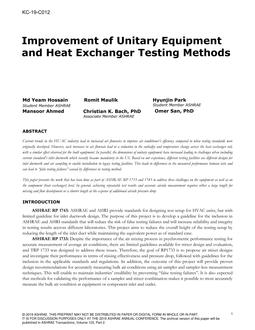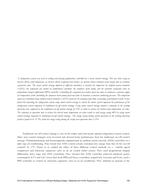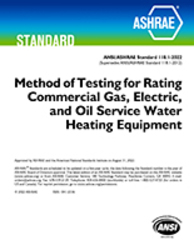It is common practice to design water chiller units and heat exchangers in such a way that they do not operate within the transition region. This is mainly due to the perceived chaotic behaviour as well as the paucity of information in this region. Due to design constraints or change of operating conditions, however, exchangers are often forced to operate in this region. This is even worse for enhanced tubes as much less information within this region is available. It is also well known that the entrance has an influence on where transition occurs, adding to the woes of available information.
The purpose of this study is thus to obtain heat transfer and friction factor data in the transition region of flow inside smooth and enhanced tubes and to develop correlations from these results. The use of different inlets, tube diameters and enhanced tubes was also investigated with regards to the commencement of transition.
Heat transfer and pressure drop data were obtained from six different types of tubes with diameters of 5/8” (15.88 mm) and 3/4” (19.02 mm). Low fin enhanced tubes with a fin height to diameter ratio of 0.4 and helix angles of 18? and 27? were investigated. Heat transfer was obtained by means of an in-tube heat exchanger with the cooling of water and water-glycol mixture being the test fluids. Reynolds numbers ranged between 1 000 and 20 000 while Prandtl numbers were in the order of 4 to 30. Uncertainties in heat transfer coefficient and friction factors were on average below 2.5% and 10% respectively.
Adiabatic friction factor results showed that the use of different inlets influenced the commencement of transition. The smoother the inlet profile the more transition was delayed. The effect of increasing tube diameters had a slight delay in transition. Enhanced tubes caused transition to occur at lower Reynolds numbers which was accounted for by the fin height and not the helix angle. Heat transfer results showed that transition occurred at the same Reynolds numbers for all the different inlets and enhanced tubes with the water. This was attributed to the secondary flow forces influencing the growing hydrodynamic boundary layer. These secondary flow forces also influenced the laminar heat transfer and diabatic friction factors with both these parameters being higher. Turbulent enhanced tube heat transfer results were higher than those of the smooth tube, with the tube with the greatest helix angle showing the greatest increase. The water-glycol mixture did not show these trends, with transition occurring at different Reynolds number for the different inlet configurations. This showed that secondary flows were not as dominant as for those for water. Correlations were developed for all the tubes and their inlets and predicted all the data on average to within 3%.
Units: Dual
Product Details
- Published:
- 2008
- Number of Pages:
- 229
- File Size:
- 1 file , 6.4 MB
- Product Code(s):
- D-RP-1280


